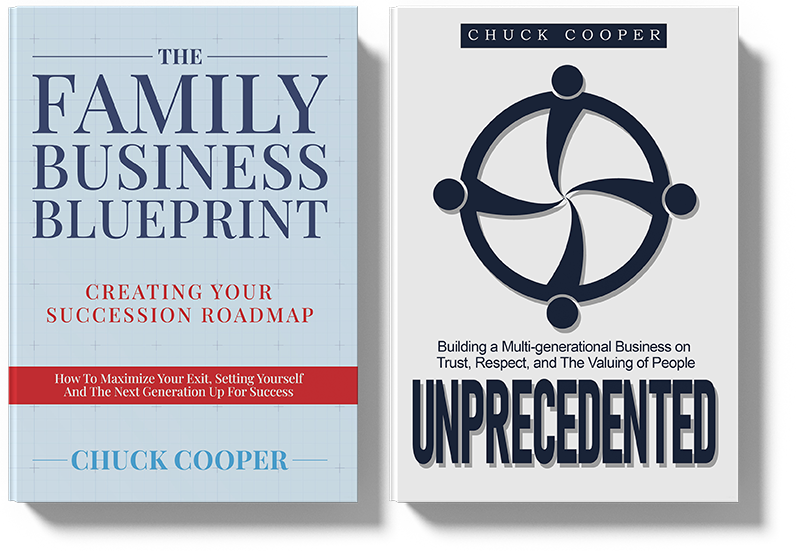Guest Post by Jack Tompkins of Pineapple Consulting Firm
“People powered by data.” “Data-driven people.” “People effectiveness,” measured with data.
No matter how you want to phrase it, it’s important to remember that you can care for your people while at the same time caring about data. The two go hand in hand. It’s people and data, not people vs. data.
The importance of data in HR today can't be understated. Performance reviews don't go off gut feeling anymore, recruiting is now targeted, and DEI standards are quantified.
At Pineapple Consulting Firm and WhiteWater Consulting, we have worked with HR data in multiple ways and it's a frequent topic that comes up in our conversations: You measure your financial performance with data, comparisons, and trends so why shouldn't you do the same with people metrics?
Let's dive into a few examples. These are use cases we have worked on (with client names excluded), but they are real life scenarios that could easily be applied to your organization.
Recruiting: How Effective and Thorough Are Your Efforts?
In today’s HR landscape, recruiting is rigorously targeted. Hiring managers and recruiters usually draw from a list of specific keywords, specific schools within a college, and specific goals to hit.
Of course, the best way to target effectively is by implementing meaningful data.
The right data can even help you ensure that you’re meeting all the necessary DEI standards.
This is not about what DEI standards or goals you should have; this is just stating the fact that most companies have them and if you’re going to have them, just like any other goal, they should be measured with quantifiable data.

Highlights of a good recruiting dashboard might include:
- Interview progression and conversion rate
- Hired employee success ratings
- DEI explanatory metrics
Interview Progression and Conversion Rate
Throughout the interviewing process (applications to initial interviews to final interviews, etc.), what does the funnel look like?
You can think of this very similarly to a lead funnel. Leads to sales calls to new customers… it's the same sort of process.
It's important to know the conversion rate by stage of the funnel. For example, if you want to hire three new all-star candidates, how many applications will you require?
If you know your funnel, you could know that for 200 applicants, 50 get an initial interview, ten get a final interview, and three get hired.
Offer Acceptance Rate
This is an important metric because it tells how competitive your offers are, and how well your interviewers are interviewing. Remember, the candidate is interviewing you at the same time you are interviewing them!
If your offer acceptance rate is very high, you may be over paying. Very low and you may have the wrong people asking the questions.
From there you can make the beautiful combination of data and people. “Our data says our offer acceptance rate is lower than the industry average. Let's ask the team why they might think that's the case.”
There are hundreds of ways to cut that funnel data, including by DEI metrics, intern vs. part time vs. full time, experience level, management vs. individual contributor, and so on.
For the position you're hiring for, as long as you have the data being tracked throughout the funnel, you can layer in any of the qualifying dimensions and get some really impactful insights.
In addition, you can study this over time and be even more efficient for the next round of hires.
DEI Standards and Audits
Now let’s come to the “scary” one.
There's always a lot of noise about DEI hiring practices, but I'll reiterate: This isn’t about advocating for or against particular DEI standards, but simply acknowledging that if you’re going to care about DEI, you should back it up with hard metrics.
And even if you don't have specific DEI goals, it's useful to see the landscape of your workforce. Consider breakdowns by age, gender, ethnicity, experience level, location, employment type, etc. DEI is much more than ethnicity and gender focused.
From an interview perspective, how many candidates applying are diverse (based on your definition of diverse)? How many get through the interview process and receive an offer? Is it similar to those categorized as non-diverse?
The daunting piece of this is, if your company is large enough, it may be subject to a DEI audit. If you don't have the data to show that you are meeting certain standards, there could be negative implications.
With a topic that can be sensitive and even subjective sometimes, one of the easiest ways to level set so everyone is on the same page is to have a data-driven conversation.
We've made these dashboards and even just by understanding the diversity landscape of the company, people can confidently say where they stand at the moment, set goals, and open to the door to making process changes to ensure they hit those goals.
The pricklier the subject, the more it helps to have a data-driven conversation about it!
Employee Effectiveness

Performance reviews, leadership programs, successful hires… all of this needs to be data driven. Consider some examples.
Performance Reviews
Whether you’re giving a big bonus or terminating an employee’s position, stakeholders are bound to wonder why.
Saying “well, she did great work out” or “I just don't think he does the work we need” aren't justifiable reasons anymore.
They can factor in, and they should, but providing data is where everything comes together.
Great work could be quantified by consistently high achieving grades during performance reviews. Note that an annual performance review is one data point among many, which is very difficult to make an assessment from. More frequent, lighter performance reviews can provide more data to see consistency.
“Not doing the work we need” could be quantified according to success metrics by projects, incomplete items, late items, etc. The employee may think they're doing great, but if they see some data saying they're not, it can help the conversation and lead to a more productive employee.
The intern to full time employee conversion factors in here, too. How much more effective are people who start as interns before shifting into full-time roles?
And how much did we save ourselves by testing out an intern that wasn't a good fit vs. hiring outright and winding up with a bad recruit?
Having those success metrics in the form of performance reviews can quantify the effectiveness of an intern program, even allowing you to assign a dollar amount to it!
And in general, having quantified and tracked performance reviews can justify promotion and termination decisions while providing employees a tangible status of how they're performing.
Leadership Programs and Employee Development
Before running my own company, I worked in a corporate leadership development program.
I loved it. I learned way more than I expected, I was able to network a lot, and I got really good exposure. It was a rewarding experience all around.
But from the company’s side, I don't know how successful the program was. I know they invested a lot of people's time and the company's money into it, so I hope it was worth it!
If you're a smaller company, you may not have a program fully installed, but you still hope to have people become leaders. A lot of the same principles apply.
If you're going to offer professional development, invest time in training, and put additional focus on recruiting the right people… you want to make sure those efforts pay off!
These numbers don't have to be exact (quantifying time spent into a dollar amount is subjective and difficult) but putting in some reasonable estimates is a great way to be methodical and data oriented. This is one area where perfect is the enemy of the good…
You also have to do this over time… leaders don't go from working in the mailroom to becoming the CEO during a 12-month timeframe.
My recommendation:
- Define success (i.e., 50 percent of people in the program become director level or above and stay with the company for 5+ years).
- Quantify resources invested (i.e., one FTE per year salary).
- Estimate how much more effective these leaders are (there are stats out there, but let's estimate they're 33 percent more effective at the same salary).
- Do the math: Did all the money we invested result in a notable gain for the company or would it have been about the same if we didn't have a leadership program?
To be sure, there are a hundred different factors you could include, but this structure will guide you in the right direction.
Data AND People
The bottom line: We need people to add real life color to our HR data, and we need data to assign real life successes to our people. A data-driven conversation provides a faster track to success.
As long as there is a data structure in place, so you can collect the information you need, you can then use the data to improve your HR team and therefore your company!


